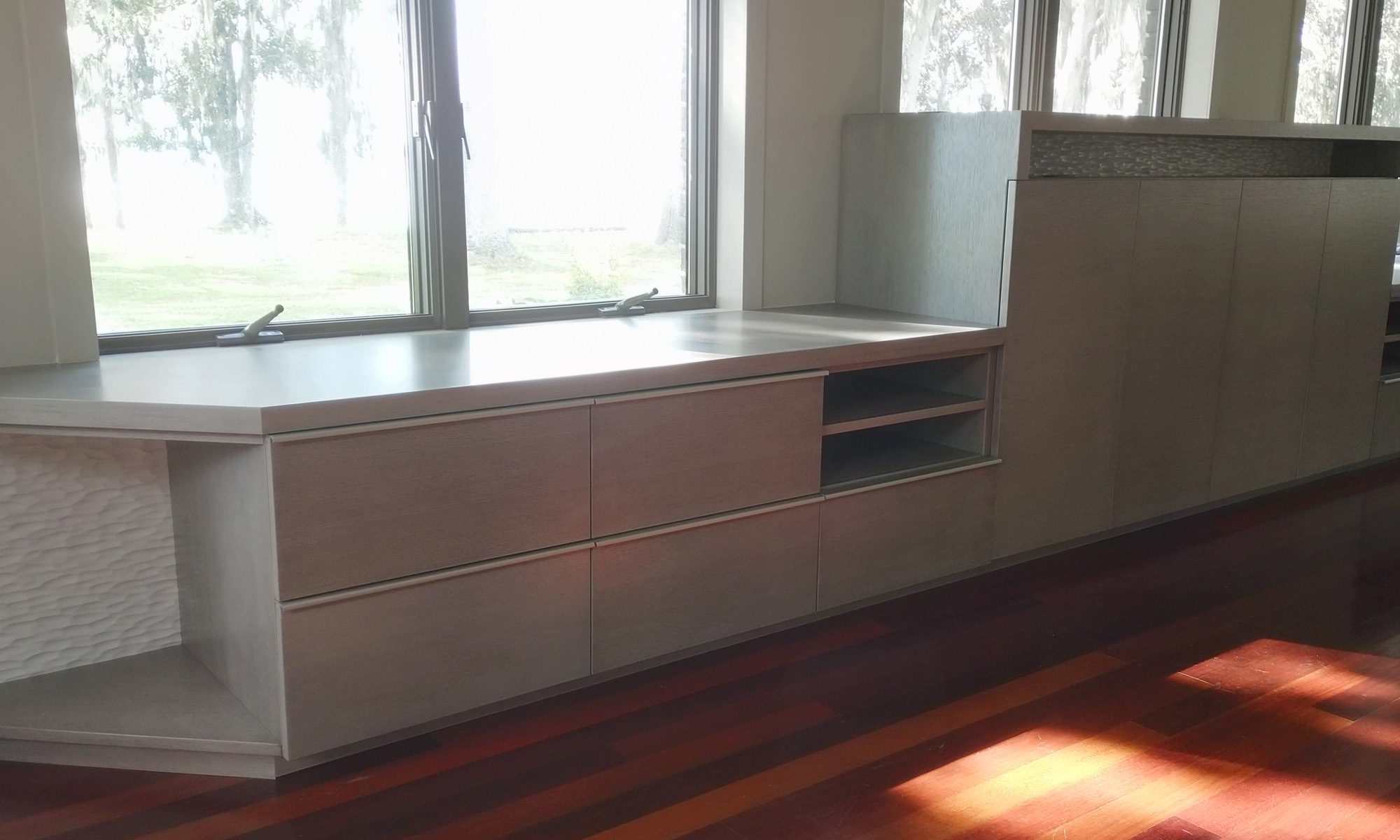I built a crosscut sled many years ago and it has seen a lot of use. However, I have always wanted another crosscut sled set up with the table saw blade tilted to 45 degrees. Although the blade is titled, the principles behind the crosscut sled and its making are exactly the same if the blade were set at 90 degrees. It is a quick and easy project and will provide a jig which you will use in projects over and over again. A very useful addition to your workshop.
 The image above shows the materials needed for construction of the crosscut sled.
The image above shows the materials needed for construction of the crosscut sled.
- A sheet of 1/2″ MDF cut to 2′ x 3′.
- Two strips of hard maple sized to fit snugly in the miter gauge slots.
- A piece of hard maple approximately 1″x 3″ x 12″ for the bridge. This will not really act as a fence, it is solely there to help keep the two halves of the sled together at the front.
- A piece of hard maple approximately 1 1/2″ x 2 x 24″ for the fence. It is important that this piece is jointed so that it is perfectly straight.
Set a couple of washers in the miter gauge slots so that the runners are raised slightly above the surface of the table saw. Set the table saw fence at 18″ and lower the blade completely.
Run a thin bead of glue on each runner. Then butt the MDF against the table saw fence and slowly lower it down onto the runners. Using appropriately sized nails, tack the MDF sheet to the runners in a couple of spots.
The MDF sheet can know be lifted up with the runners in place and flipped upside down. Drill, countersink and screw the runners to the sheet from the underside.
Drill and countersink pilot holes for the bridge and the fence. Drill the holes for the fence slightly oversize. Be careful to position these holes so that they are well clear of the table saw blade!
Clamp the fence to the front edge of the sled and attach it with the screws. Also screw the bridge in place at the front of the sled.
Set the table saw blade to 45 degrees. If you are making a regular cross cut sled, then check the blade is at 90 degrees at this point.
Run the sled through the blade and establish a kerf. If you always use the same blade with the sled then this will be a zero clearance kerf supporting the work on the underside and preventing tear out.
The screws on the fence are now loosened slightly and the fence is set so that it is straight and at right angles to the saw kerf. As you can see, my wooden mallet has been well used since I made it.
This was just a test piece from some scrap plywood. It shows how I will be making the tissue box cover. I was pleased with the results. The vertical cuts were all square to the base of the box and all the miter joints fitted together perfectly.
I mentioned in the previous post how I planned on decorating the tissue box cover with some wood turning. The image is a teaser shot showing where I’m going with that.

































































